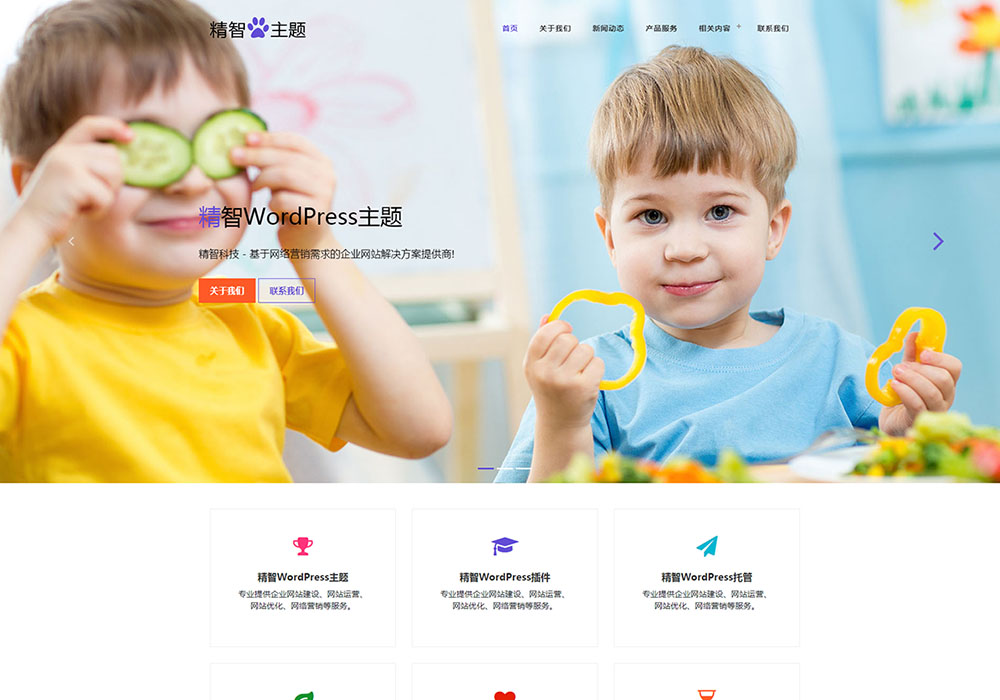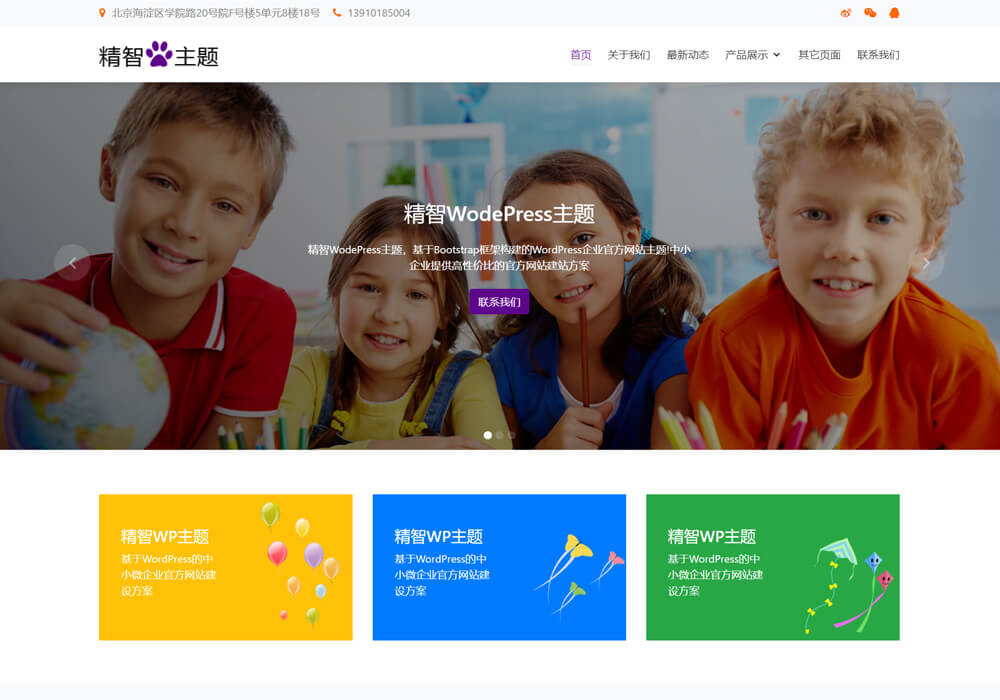在WordPress中,要获取同级页面的标题和链接,可以通过以下步骤实现:
获取当前页面的父页面ID:首先,需要确定当前页面所属的父页面ID。这可以通过get_post_ancestors()函数来实现,该函数能够返回指定页面的所有父页面ID 。
遍历同级页面:一旦获得了父页面ID,就可以通过查询该父页面下的子页面来获取同级页面。WordPress提供了多种方式来查询页面,例如使用get_pages()函数或者直接通过数据库查询。
获取同级页面的标题和链接:对于每个同级页面,可以使用the_title()和the_permalink()函数分别获取页面的标题和链接。the_title()函数用于显示或检索博客所有区域的页面标题 ,而the_permalink()函数则用于输出页面的永久链接 。
处理特殊情况:如果遇到复杂的页面结构或者需要考虑SEO优化等因素,可能还需要进一步处理,比如动态生成自定义的页面标题和链接,以适应不同的显示需求。
<?php
//Get the parent page ID of the current page
$parent_id = wp_get_post_parent_id(get_the_ID());
//Get parameters for peer pages with the same parent level
$args = array(
'post_type' => 'page',
'post_parent' => $parent_id,
'posts_per_page' => -1,
'orderby' => 'menu_order',
'order' => 'ASC',
'post__not_in' => array(get_the_ID()) //Exclude current page
);
//Query peer pages with the same parent level
$sibling_pages = new WP_Query($args);
//Output titles and links to pages of the same level with the same parent level
if ($sibling_pages->have_posts()) {
echo '<ol>';
while ($sibling_pages->have_posts()) {
$sibling_pages->the_post();
echo '<li><a href="' . get_permalink() . '">' . get_the_title() . '</a></li>';
}
echo '</ol>';
}
//Reset Query
wp_reset_postdata();
?>获取WordPress子页面的同级页面标题和链接涉及到识别当前页面的父页面ID,然后遍历该父页面下的所有子页面,并为每个子页面获取其标题和链接。这一过程可以通过结合使用WordPress提供的各种函数和API来实现。







